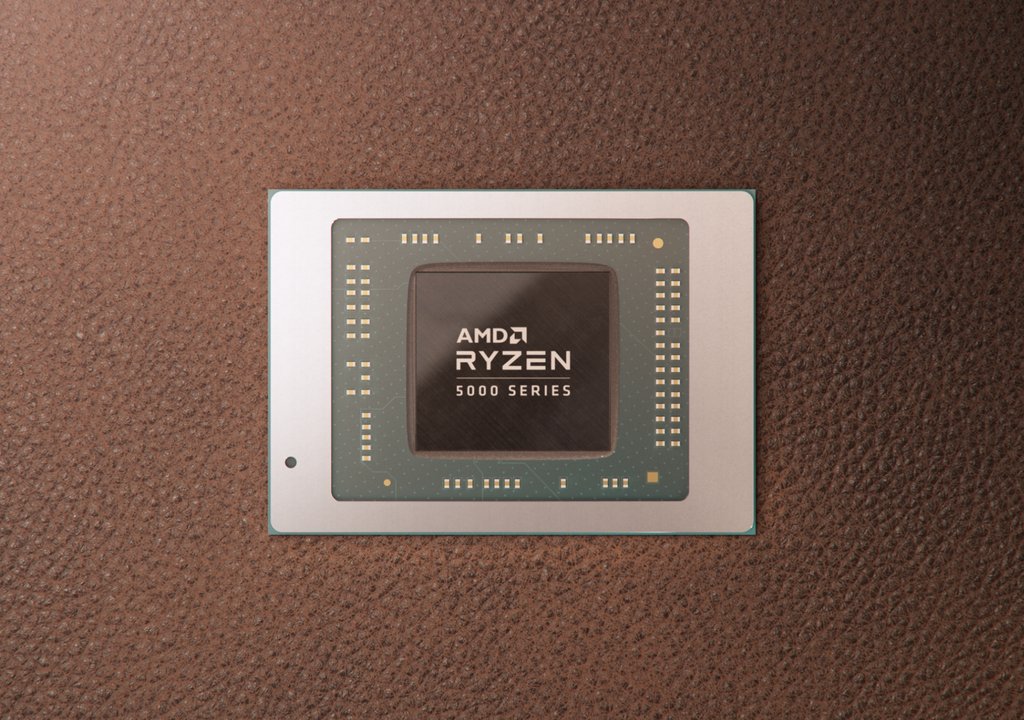AMD the news of CES 2021: Ryzen mobile, desktop CPU and RDNA 2 GPU for laptops

The new AMD architectures
While leaving something to be desired in terms of pace, AMD's conference for CES 2021 did not disappoint. In between interviews, the relevant announcements found important announcements, including a small but welcome mention of RDNA 2 mobile GPUs, apparently arriving by the middle of the year. Unfortunately, there was no talk of the upscaling via machine learning promised by AMD, very important to compensate for the weight of ray tracing, as well as no mention of performance, but a hint of the possibility of reaching 100fps in 1080p with the new mobile processors could give us a clue of the power of the top model.We have no doubts instead regarding the goodness of the architecture of the Zen 3 7 nanometer processors, with a 19% increase in IPC combined with reduced latencies obtained by changing the cache structure and doubling the number of cores for each CCX. All at the service of the new Ryzen 5000 mobile, codenamed Cezanne, designed to bring the power, optimizations and excellent in-game performance of Zen 3 to the mobile environment. It is no coincidence that the new AMD processors will be mostly of the gaming laptop lines announced between late winter and spring that will include one of the new low-power Ryzen.
Ryzen 5000 Cezanne: AMD mobile cpu with Zen 3 architecture
The Ryzen 5000 Cezanne series presented by AMD for CES 2021 has 13 models, all with Simultaneous Multithreading, divided into the low consumption family called Ryzen 5000U and in the high performance one called Ryzen 5000H. There's a nice performance gap, so between the 5800U, 4.4GHz max frequency and 1.9 GHz base frequency, and the Ryzen 9 5980HX, among the top end laptop options, which can hit 4.8 GHz frequency with a base clock of 3.3 GHz comparing, and winning according to AMD tests, with the competition's flagship mobile option.But the leap in performance also involves a sharp jump in consumption, which goes from 15W of the first model to 45 + W of the top-of-the-range model, for two lines of processors destined for very different devices. The AMD offer is in fact designed to complement NVIDIA GPUs both in extreme-end laptops and in ultra-thin and small ones that, thanks to new technologies, can finally boast real gaming hardware, without settling for integrated GPUs. This without neglecting the optimization that promises a significant increase in battery longevity, at least in relation to the CPUs. Obviously, efficiency comes at a price in terms of performance increase, lower than that of Zen 3 desktop processors, but we are still talking about a 16% improvement in single thread computing power and a 14% increase in multi-thread.